Francesca Woodman and Julia Margaret Cameron: experimental portrait photography
Their careers are separated by time but joined by their shared interest in spectral, dream-like atmospheres
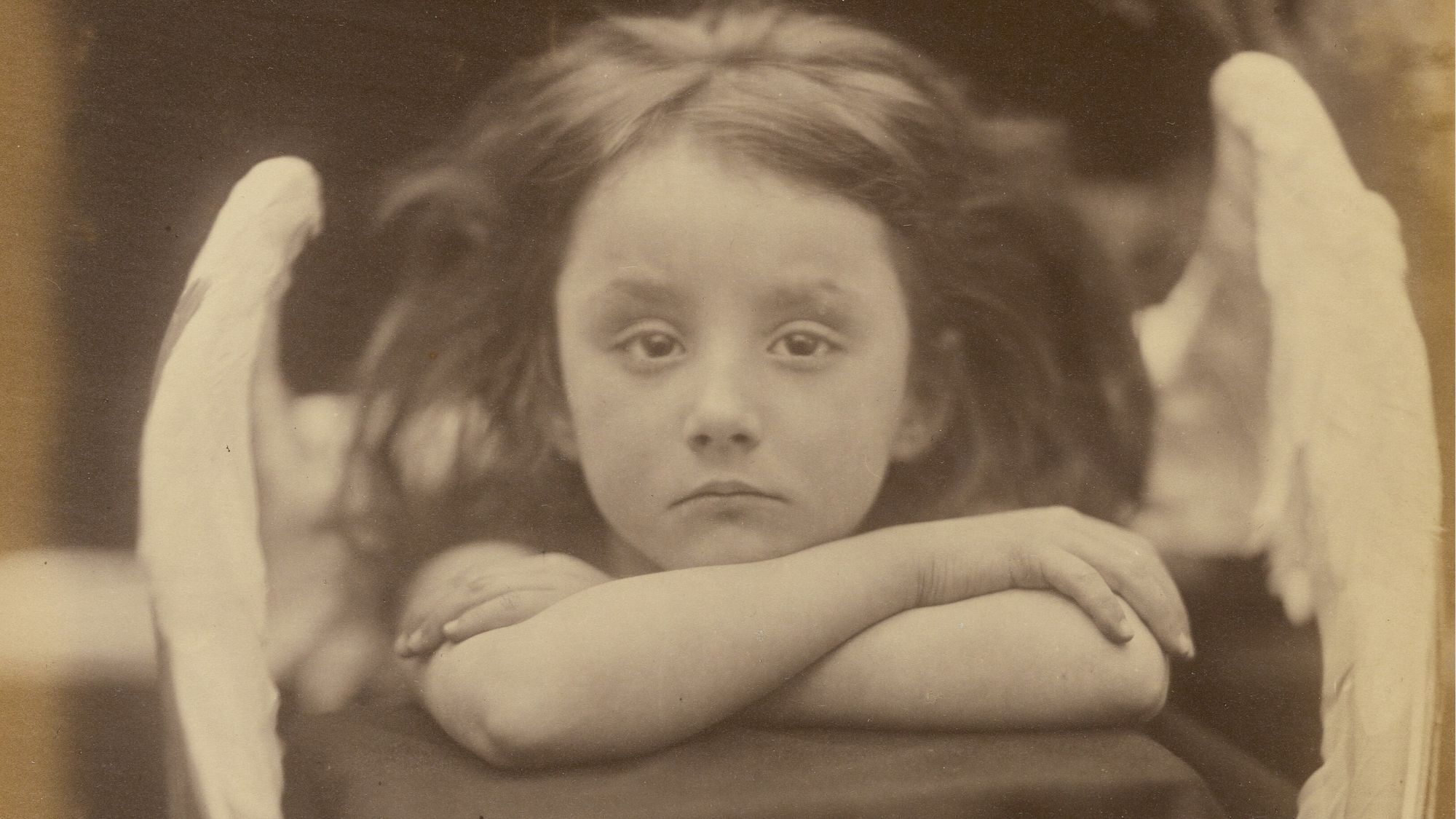
"Just over 100 years separate the creative lives of Julia Margaret Cameron and Francesca Woodman," said Sean O'Hagan in The Observer. The former was English, "a Victorian pioneer of imaginative photographic portraiture"; the latter a 20th century American photographer who made "performative and mysteriously elusive self-portraits". Cameron (1815-1879) came late to photography, in her 50s; Woodman took her own life aged just 22 in 1981. As such, to present their work side by side, as this exhibition does, might seem strange. The show, however, seeks to demonstrate the ways both women used portraiture to create black-and-white images that transcended the simple idea of creating a likeness. Both, the curators argue, blurred the boundary between fact and fiction in their work; and they shared an interest in using photography to evoke spectral, dream-like atmospheres. The "dialogue" the show establishes highlights "creative connections" between the two artists across the eras, and while the parallels it makes are sometimes "tenuous", it is always "fascinating".
Cameron was "one of the most important contributors to the early days of photography", said Waldemar Januszczak in The Sunday Times. Her portraits of eminent Victorians – Darwin, Tennyson, Carlyle – still "adorn our school textbooks", and "her softly focused visions of angelic children" introduced a distinctly feminine quality to the medium. She worked with "a large fixed-plate camera that produced thrillingly detailed negatives". The work she described as her first "success" is a portrait of a friend's daughter; the child's face "fills the frame with juvenile sweetness" but there is also a hint of "tragedy" – something that became Cameron's calling card. This photo is displayed alongside Woodman's first work – a self-portrait created when she was 13, in which she hides her face "behind a shower curtain of hair". Where Cameron's work is "bold and close", Woodman's is blurry, introspective, nervy – and tiny. These two photos have almost nothing in common, and nor do the two artists.
Still, it's great to see a good selection of Woodman's work here, said Jackie Wullschläger in the FT. Her "distinctive visual language" of "velvety portraits set in romantically dilapidated interiors" evokes a particular strain of teenage alienation, in a compelling and formally inventive style: she captures herself as a "crouching hazy outline in a bare room", and in her "most famous picture", as "a young woman hanging from a doorway caught in a burst of light". Cameron, by contrast, is diminished by the show: rather than privileging her era-defining portraits of distinguished thinkers, it concentrates on her "insufferable" pictures of "too-sweet girls" and "pretty women", often shot in mythological costume. The show draws "one-dimensional" and "infantilising" parallels between the two. This serves neither well.
The Week
Escape your echo chamber. Get the facts behind the news, plus analysis from multiple perspectives.

Sign up for The Week's Free Newsletters
From our morning news briefing to a weekly Good News Newsletter, get the best of The Week delivered directly to your inbox.
From our morning news briefing to a weekly Good News Newsletter, get the best of The Week delivered directly to your inbox.
A free daily email with the biggest news stories of the day – and the best features from TheWeek.com
-
 Political cartoons for January 10
Political cartoons for January 10Cartoons Saturday’s political cartoons include a warning shot, a shakedown, and more
-
 Courgette and leek ijeh (Arabic frittata) recipe
Courgette and leek ijeh (Arabic frittata) recipeThe Week Recommends Soft leeks, tender courgette, and fragrant spices make a crisp frittata
-
 Trump’s power grab: the start of a new world order?
Trump’s power grab: the start of a new world order?Talking Point Following the capture of Nicolás Maduro, the US president has shown that arguably power, not ‘international law’, is the ultimate guarantor of security
-
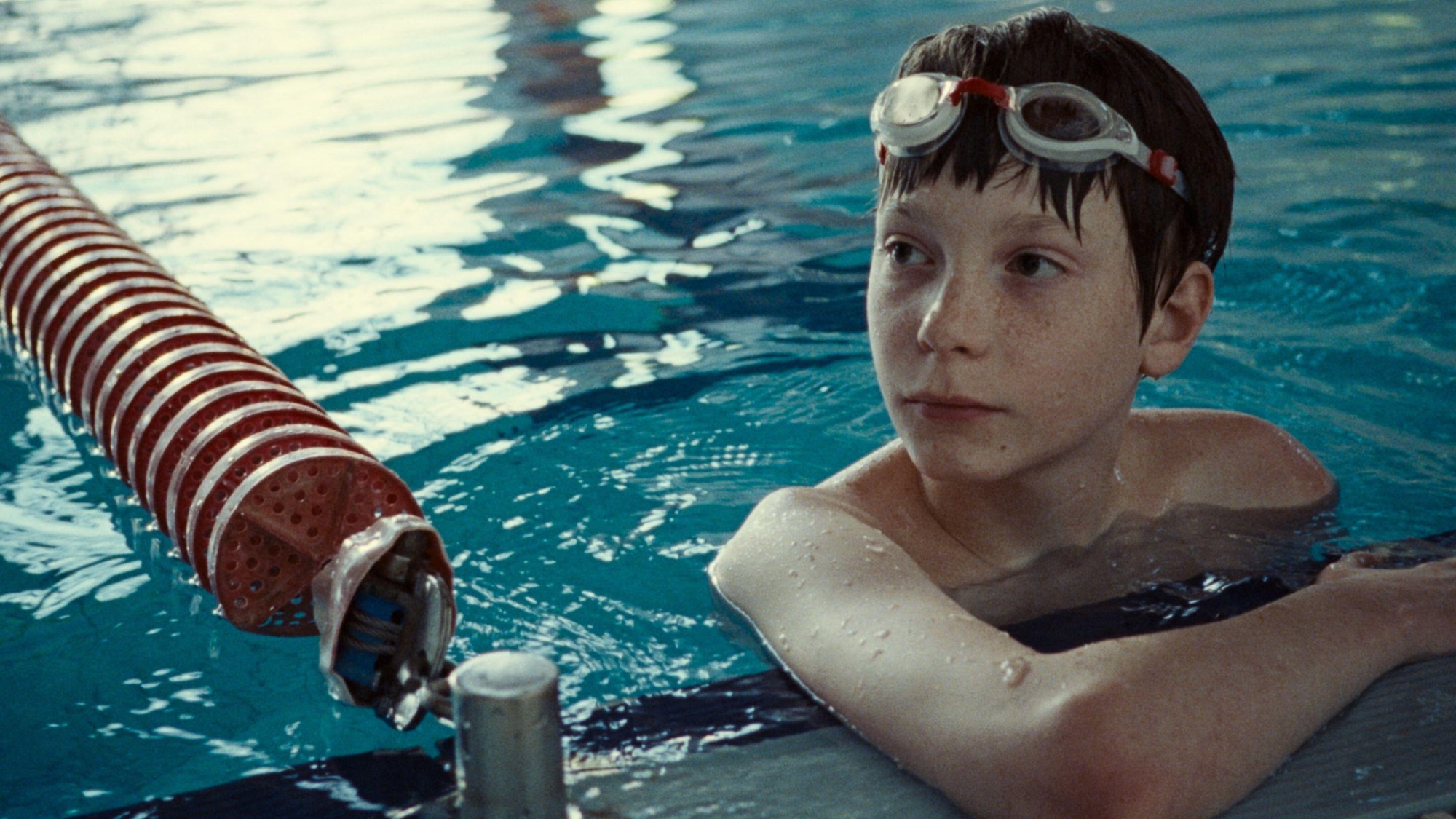 A modern ‘Lord of the Flies,’ a zombie sequel and Jodie Foster’s first French-speaking lead role in January movies
A modern ‘Lord of the Flies,’ a zombie sequel and Jodie Foster’s first French-speaking lead role in January moviesthe week recommends This month’s new releases include ‘The Plague,’ ‘28 Years Later: The Bone Temple’ and ‘A Private Life’
-
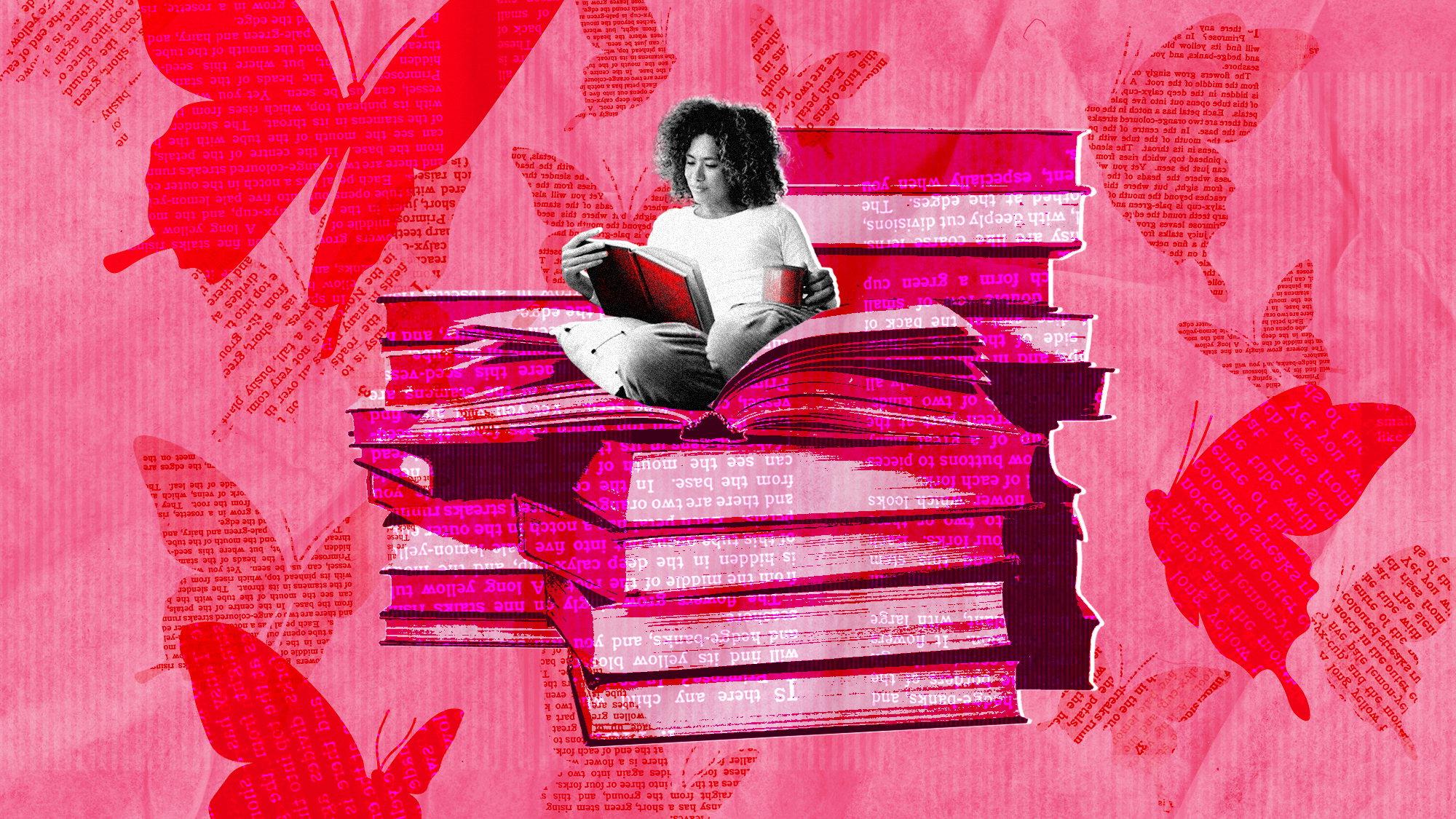 How to rekindle a reading habit
How to rekindle a reading habitThe Week Recommends Fall in love with reading again, or start a brand new relationship with it
-
 11 hotels opening in 2026 that will move you to reconnect with nature
11 hotels opening in 2026 that will move you to reconnect with natureThe Week Recommends Find peace on the beaches of Mexico and on a remote Estonian island
-
 January’s books feature a revisioned classic, a homeschooler’s memoir and a provocative thriller dramedy
January’s books feature a revisioned classic, a homeschooler’s memoir and a provocative thriller dramedyThe Week Recommends This month’s new releases include ‘Call Me Ishmaelle’ by Xiaolu Guo, ‘Homeschooled: A Memoir’ by Stefan Merrill Block, ‘Anatomy of an Alibi’ by Ashley Elston and ‘Half His Age’ by Jennette McCurdy
-
 8 incredible destinations to visit in 2026
8 incredible destinations to visit in 2026The Week Recommends Now is the time to explore Botswana, Mongolia and Sardinia
-
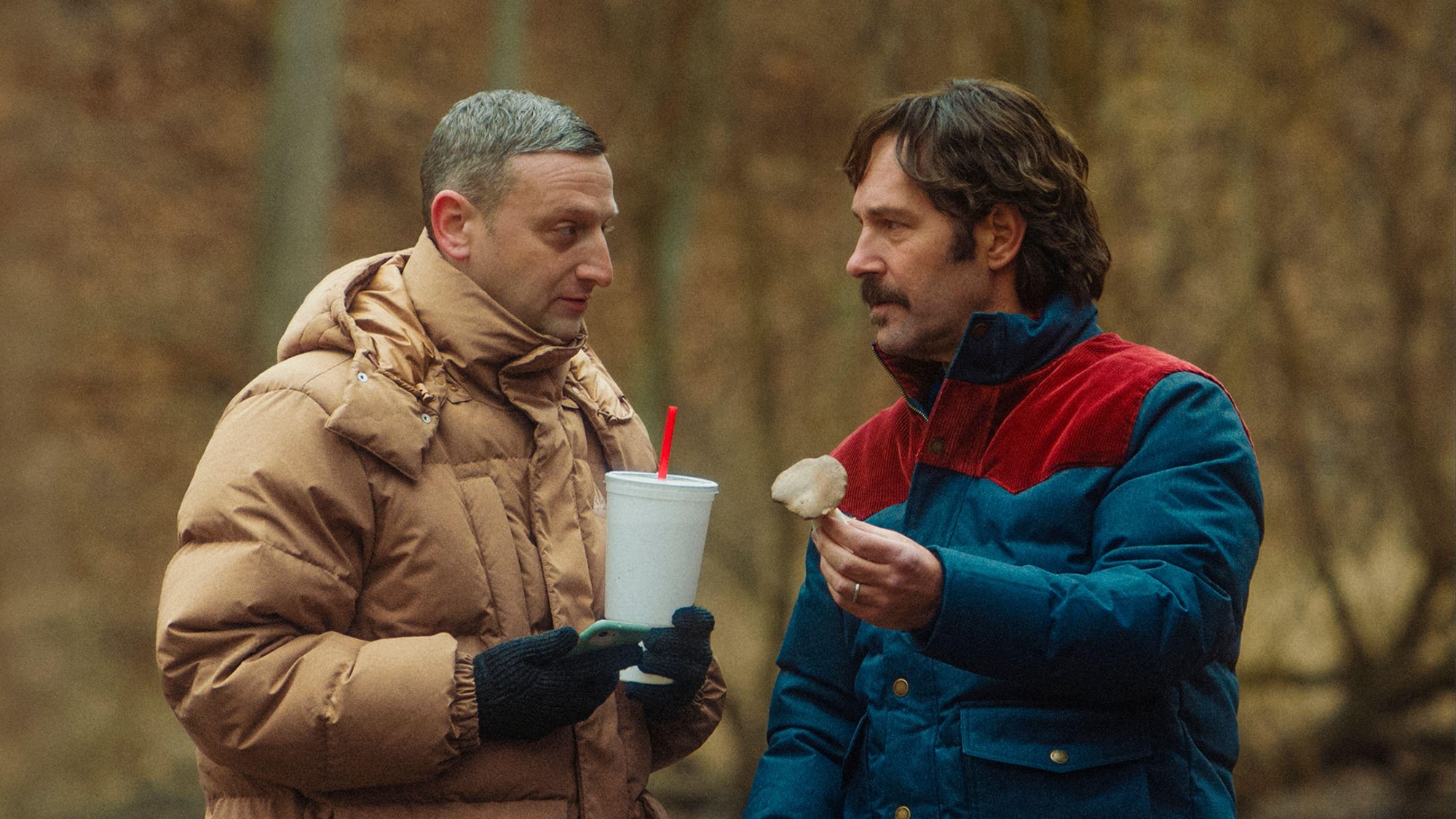 The 8 best comedy movies of 2025
The 8 best comedy movies of 2025the week recommends Filmmakers find laughs in both familiar set-ups and hopeless places
-
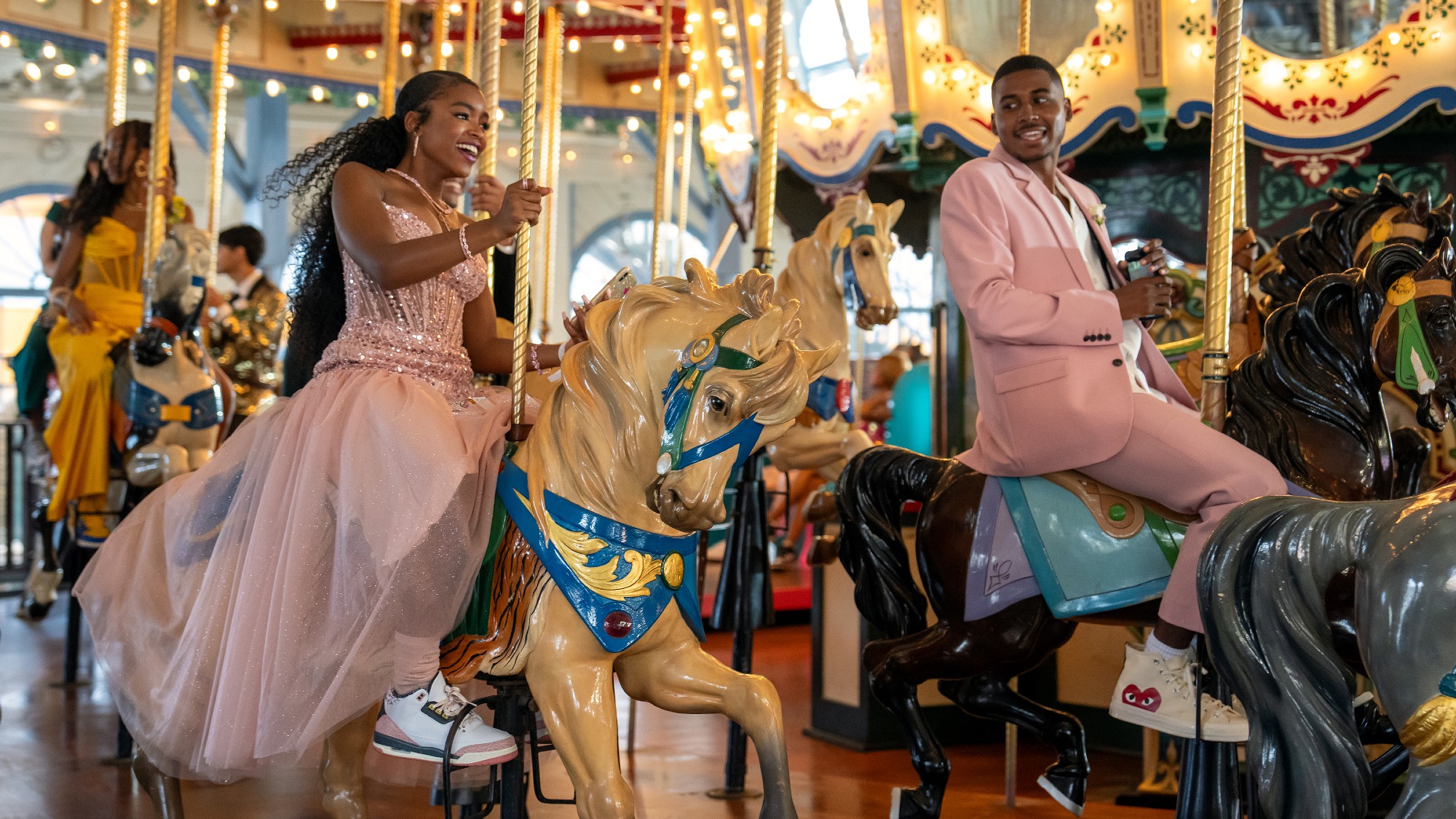 The best drama TV series of 2025
The best drama TV series of 2025the week recommends From the horrors of death to the hive-mind apocalypse, TV is far from out of great ideas
-
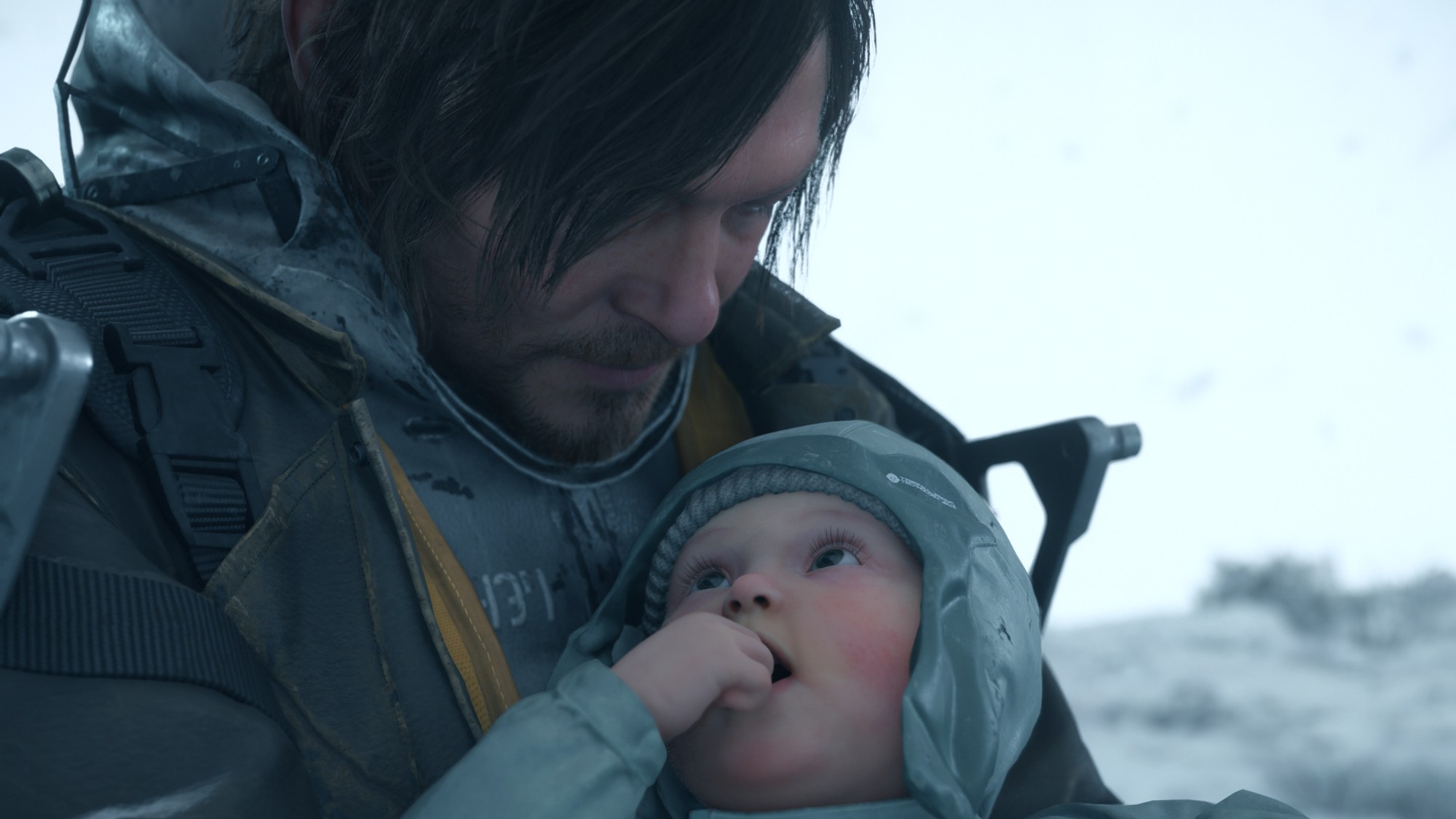 The most notable video games of 2025
The most notable video games of 2025The Week Recommends Download some of the year’s most highly acclaimed games